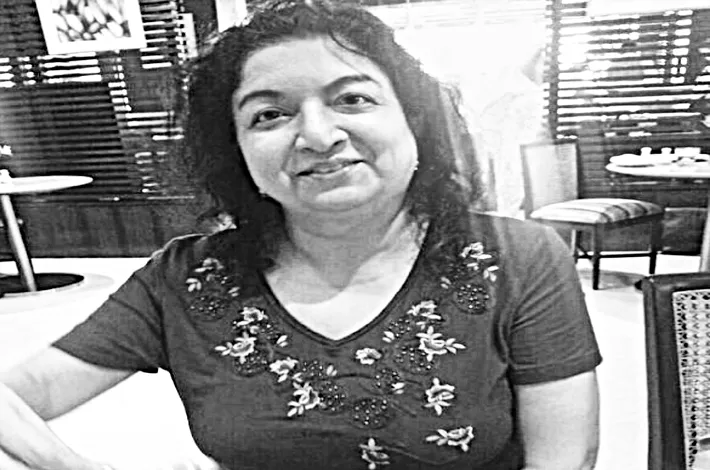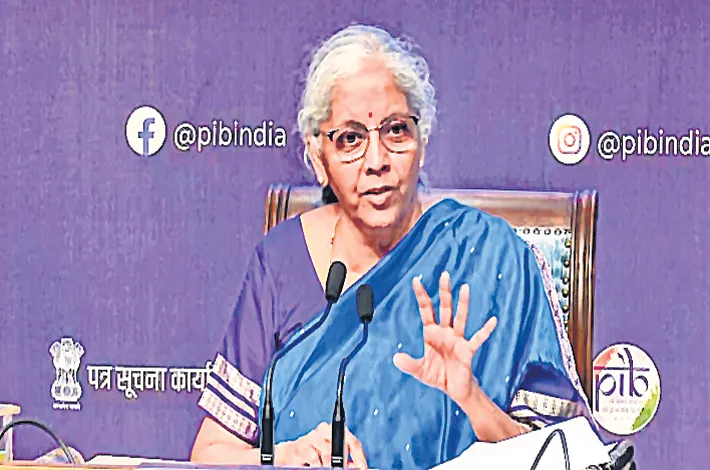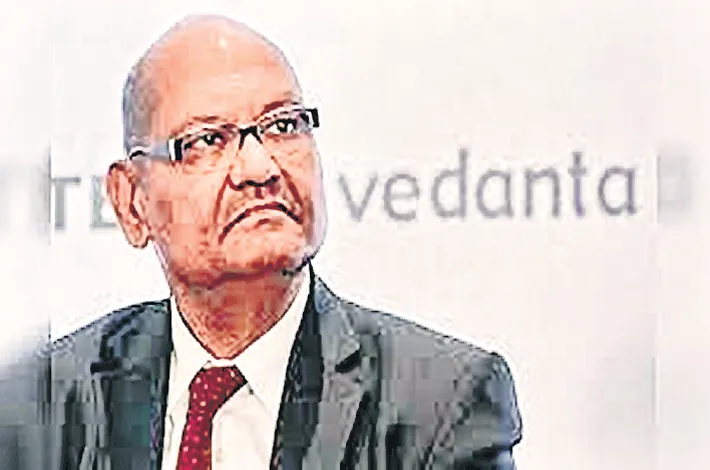The voice of the courtesan and a brief history of music
12-06-2025 12:00:00 AM

During British rule, courtesans were marginalised, even criminalised, partly because they often covertly supported the freedom movement
They were called naachne-gaanewali with derision, the tawaifs, whose place in Indian society and contribution to the performing arts are gradually being recognised.
The stage show O Gaanewali, by Avanti Patel and Rutuja Lad, gives these women their due through their stories and music. They are also active on social media, making their research and performances accessible. Popular cinema has done tawaifs no justice, usually turning them into tragic romantic figures, trapped in a disreputable world—either vamps who entrap men or helpless victims, who wait for a male saviour to rescue them.
Traditional and semiclassical forms like thumri, dadra, bandish, hori, chaiti, kajri, jhoola, sawan, tappa, and ghazal were kept alive through the performances of these gaanewalis, some of which Patel and Lad performed (along with excellent accompanists), as they narrated anecdotes about famous singers like Rasoolan Bai, Gauhar Jaan, Begum Akhtar, and the oddly named Jankibai Allahabad, aka Chhapan Chhuri, who got that moniker when she was stabbed 56 times. She went on performing with a scarred face and even wrote a book of Urdu poetry. (A fictional version of her was seen in Sanjay Leela Bhansali’s Heeramandi, where Sanjeeda Shaikh played a scarred courtesan.)
They may not have been integrated into respectable society, but in the golden age of the tawaif culture—from the 18th to the early 19th century—these women used to be invited to homes to perform on special occasions. During the British rule, the courtesans were marginalised and even criminalised. It could be partly because they were often covertly supporting the freedom movement but mostly because of the influence of Christian morality that labelled the courtesans as prostitutes and imposed draconian laws like the Contagious Diseases Act and the Cantonment Regulations to curtail them.
Today, many books (notably Saba Dewan’s Tawaifnaama) and research papers exist on the courtesans of North India, and documentaries have been made, which recognise them as artistes. They were, as Patel said in the show, what modern Indian women would like to be—they were educated, well versed in tehzeeb, spoke several languages, were financially independent, and could often choose their own partners, so they had a kind of sexual autonomy. They could hold discussions on politics and other subjects with their patrons, which other purdah-bound women were not encouraged to do. Many of them were the highest taxpayers in the mid-19th century.
There are stories about Gauhar Jaan spending thousands of rupees on the wedding of her cat and then the birth of the pampered pet’s kittens. She used to traverse the streets of Calcutta (now Kolkata) in a four-horse-drawn carriage. The governor, slighted by this show of luxury, imposed a fine of Rs 1000—which was astronomical for the time—whenever she took out her carriage. A defiant Gauhar Jaan would go pay the fine every day and travel in the comfort of her buggy.
With the decline of royal and feudal patronage, some of the singers and kathak dancers were forced to perform for the new-rich but uncultured class of men, who demanded raunchy numbers or film songs, which may have diluted the tawaif’s art. By 1947, kothas were banned, and courtesans were not allowed to perform in their homes. There were attempts, as Lad said, to sanitise the sensual aspects of their songs, for instance, in the song Phool gendwa na maaro, laage jobanwa pe chot, the word ‘jobanwa’ was replaced by ‘karejwa’—the term for ‘body’ switched to ‘heart’.
The closed-minded Victorian morality of the British was inevitably accepted by the Indian elite; they believed that tawaifs were polluting Indian culture. When some of the courtesans asked to be included in the freedom struggle, Mahatma Gandhi was reported to have said that they must give up performing and become sanyasins. When All India Radio started, the courtesans were needed to sing on the radio. A condition was imposed that the women would be allowed to perform only if they were married.
Even the most celebrated female performers were not permitted to enter the premises by the front door; they had to come in from a side entrance. Rasoolan Bai managed to produce a marriage certificate, which is why many of her songs were recorded by the AIR. But when her husband left her and went to Pakistan, leaving her penniless, the woman whose portrait adorned the walls of the AIR building in Allahabad (now Prayagraj) was reduced to selling tea outside the gates of the same premises.
It took artistes like Begum Akhtar to bring their music out of the kotha into respectable society; the early actresses in Hindi cinema were courtesans, and names like Jaddan Bai (Nargis’s mother) and Gauhar (not the same as Gauhar Jaan) were among early movie producers. After them, singers like Nirmala Devi, Shobha Gurtu and Shubha Mudgal popularised semi-classical music and helped wipe off the gaanewali taint on women performers.
In her essay in theswaddle.com, Shreya Ila Anusuya writes, “The complex history of the courtesan has great bearing on any of us today who want to understand how gender currently works in India, and even for those of us who live and love outside of the structures that are prescribed for us—queer people, single people, people fighting for the right to marry outside caste or religion, and people fighting for the recognition of live-in relationships as legitimate ways of making a home with someone. This intricate history, still relatively unacknowledged in public conversations, is one deeply powerful place from which to have all of these conversations.” Initiatives such as O Gaanewali, which entertain and inform, serve just this purpose, and more such work must be undertaken and encouraged.








